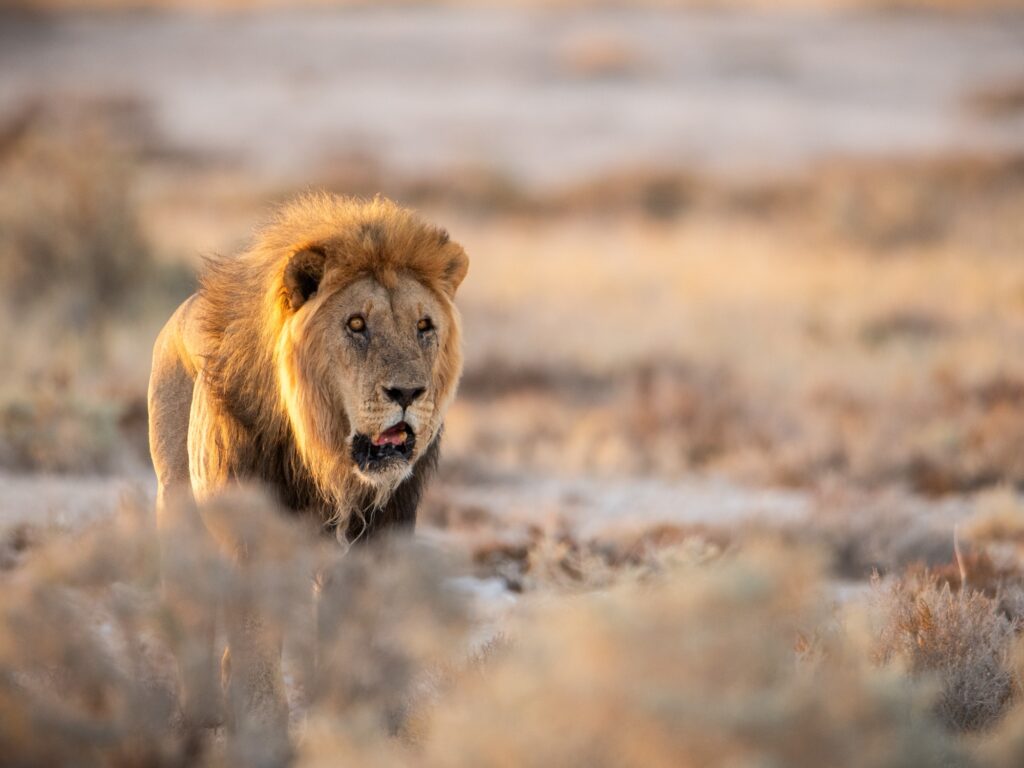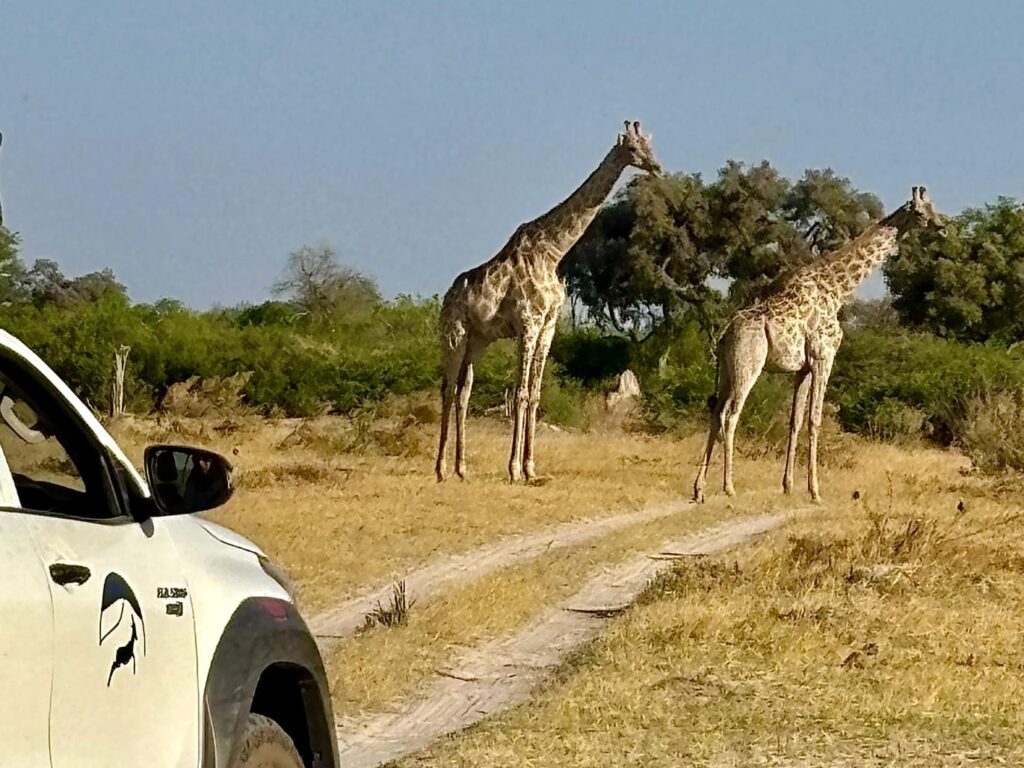-
-
Stay in your vehicle during a self-drive safari
-
Keep a safe distance — don’t approach or block animals (aim for 100 m from wild life like elephants and big cats where possible).
-
Never feed wild animals or leave food or water accessible to them.
-
Drive slowly on game roads, stick to tracks, and avoid surprising animals.
-
Turn off engine and stay quiet if animals are nearby — sudden noise or movement can trigger a charge.
-
Stay inside buildings or your tent at night. If you need to step out, use lights and torches responsibly – look around before getting out or moving.
-
Respect park rules, community conservancy regulations, and staff instructions.
-
Keep children close and supervised at all times.
-
Know emergency contacts for the park or area and carry a charged phone / satphone / two-way radio if necessary and available.
-
Observe, photograph, and enjoy — but put animal welfare ahead of the perfect shot.
-
On your self-drive safari through Namibia and it’s neighbouring countries, you are sure to encounter wild animals sooner than later. After all, this is probably what you came here for. In order to keep yourself and wildlife safe, here are a few well-meant words of advice for a safe and responsible conduct with elephants, lions and other wildlife for your self-drive safari and campsite life.



